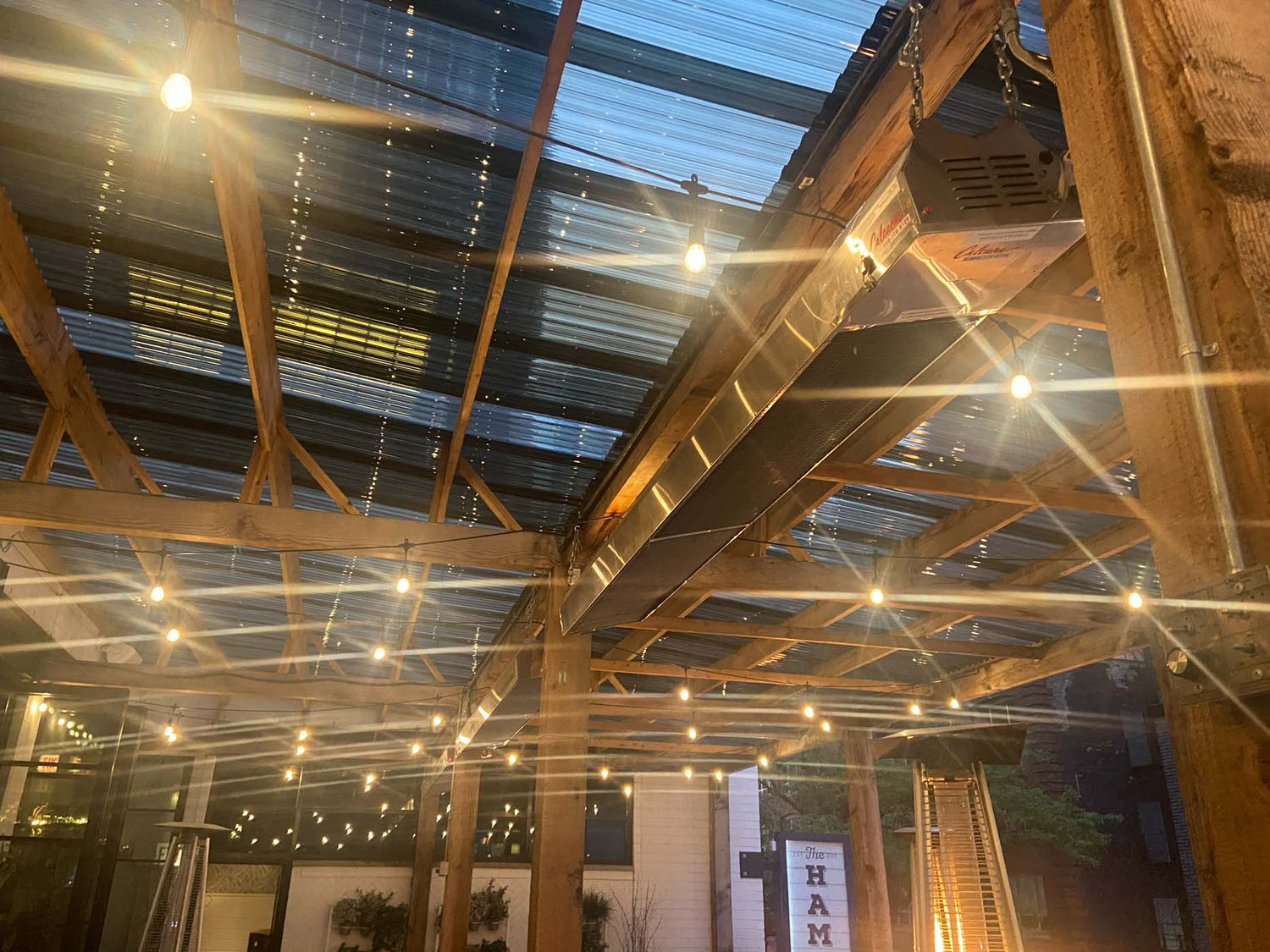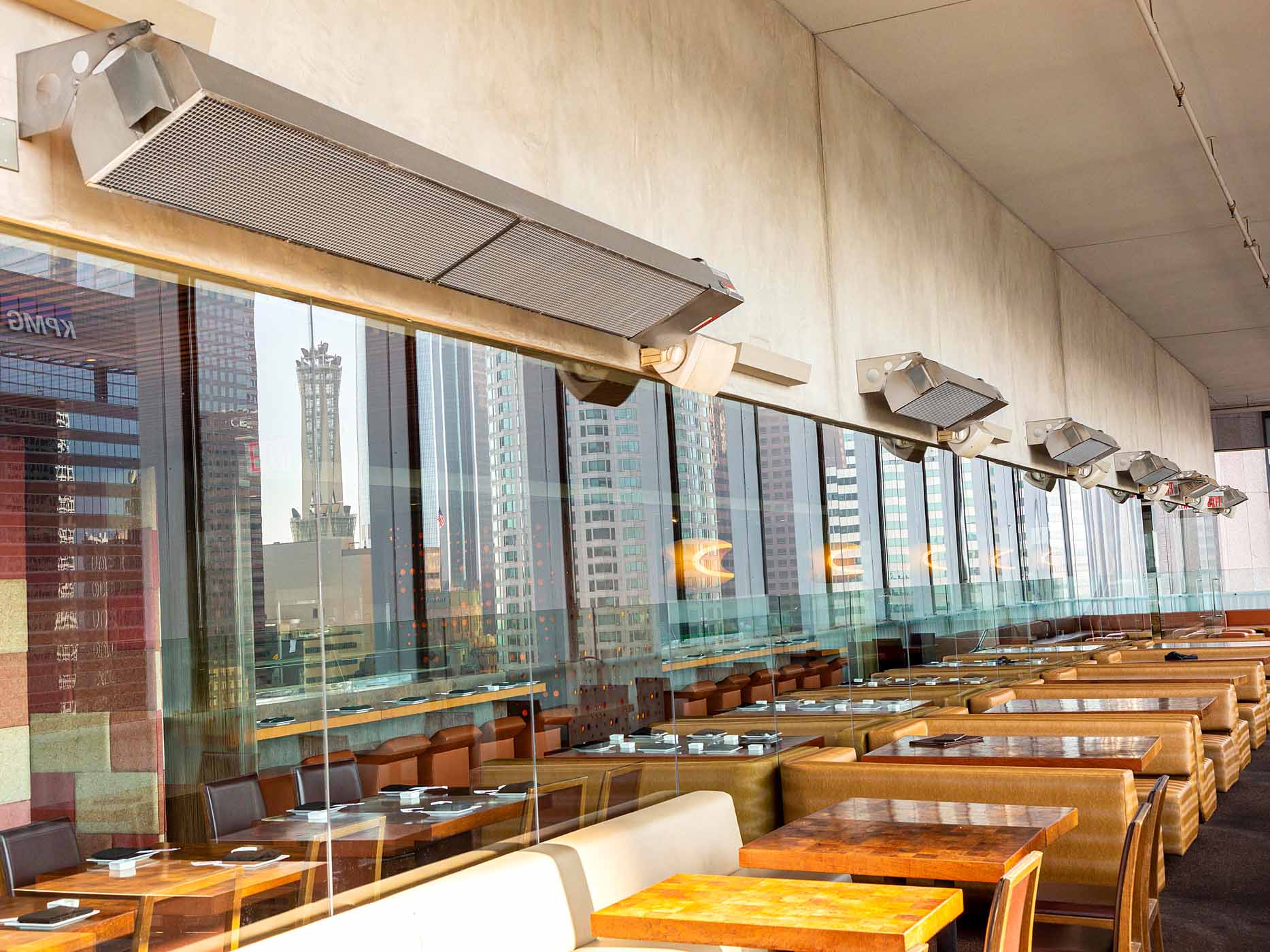Few things are more frustrating than coming home on a chilly evening, turning on your heater, and realizing nothing happens. Whether it’s a residential furnace, an infrared patio heater, or an industrial unit, heaters can stop working for a variety of reasons. The good news? Many heating issues are common, easy to identify, and can often be resolved with simple fixes, no costly service call required.
In this guide, we’ll walk you through:
-
The most common reasons your heater may not be working.
-
Troubleshooting steps you can take before calling a professional.
-
Signs that indicate it’s time for a repair vs. replacement.
-
Preventative maintenance tips to keep your heater running smoothly.
By the end, you’ll have the knowledge to diagnose heater problems, fix small issues on your own, and make informed decisions when professional help is necessary.
First Steps: Before You Panic: Quick Fixes to Try When Your Heater Stops Working
When your heater suddenly stops working, the first reaction is often frustration or worry about a costly repair. But in reality, a large percentage of heating issues are simple and easily fixed. Before assuming the worst, take a calm, step-by-step approach to rule out the basics:
-
Check the Power Supply
-
Electric heaters rely on consistent power. A tripped circuit breaker, blown fuse, or accidentally unplugged cord is one of the most common reasons heaters stop working. Go to your electrical panel and look for any breakers that have flipped to “off.” Reset them if needed.
-
-
Inspect the Thermostat
-
A heater won’t kick on if the thermostat isn’t telling it to. Make sure it’s switched to heat mode, set a few degrees higher than room temperature, and if it’s battery-powered, replace the batteries. Sometimes a thermostat simply loses calibration and needs to be reset.
-
-
Check the Fuel Supply (Gas or Propane Units)
-
For natural gas, ensure the main supply valve is open. For propane, confirm the tank isn’t empty and that the valve is turned to the “on” position. A surprising number of heating service calls turn out to be empty tanks.
-
-
Look at Safety Switches & Controls
-
Many heaters include built-in safety cutoffs. For example, an access panel that isn’t fully closed can trip a safety switch and prevent ignition. Similarly, tip-over switches on portable units or limit switches in gas heaters will shut things down if airflow is blocked or temperatures rise too high.
-
-
Reset the Unit
-
Some heaters have a simple reset button. Pressing this after checking the basics can restore function.
-
Taking 10 minutes to go through these steps can save you money, time, and stress. Only after these checks fail should you move deeper into troubleshooting.
Problems with Heaters & How to Fix Them
Electric heaters are among the most common types found in homes and offices. Here are typical issues:
Problem 1: Heater Won’t Turn On
-
Cause: Tripped breaker, blown fuse, or faulty power cord.
-
Fix: Reset the breaker, replace fuses, and check cords for damage. If the cord is frayed, replace it.
Problem 2: Blowing Cold Air
-
Cause: Thermostat malfunction, fan motor failure, or heating element burnout.
-
Fix: Test the thermostat setting, replace batteries, and inspect the element for continuity with a multimeter.
Problem 3: Strange Noises
-
Cause: Loose screws, dirty fan, or failing motor.
-
Fix: Tighten components, clean dust buildup, or replace noisy fans.
Problem 4: Heater Keeps Shutting Off
-
Cause: Overheating due to blocked airflow or dirty filters.
-
Fix: Clean intake vents, replace air filters, and ensure clear space around the unit.
Gas & Infrared Heater Problems & Fixes
Infrared and gas heaters are extremely efficient but rely on combustion systems that require proper airflow, ignition, and fuel.
Problem 1: Pilot Light Won’t Stay Lit
-
Cause: Dirty thermocouple, faulty gas valve, or weak flame.
-
Fix: Clean the thermocouple with sandpaper, check gas pressure, and replace faulty parts (Calcana Heaters do not have pilot lights or thermocouplers, so therefore reducing the potential of this issue happening).
Problem 2: Heater Won’t Ignite
-
Cause: Ignition module failure or clogged burner.
-
Fix: Test ignition spark, clean burners, and check wiring connections.
Problem 3: Heater Produces Soot or Strange Odor
-
Cause: Incomplete combustion or blocked exhaust.
-
Fix: Clean burners, check ventilation, and ensure there is adequate clean air flow to the intake.
Problem 4: Heater Overheats & Shuts Down
-
Cause: Dust buildup, blocked airflow, or malfunctioning safety sensor.
-
Fix: Clean reflectors, ensure free air circulation, and replace faulty sensors.
Thermostat Issues
The thermostat is the brain of your heating system. Many “heater problems” are actually thermostat issues.
-
Dead batteries → Replace them regularly (Calcana's Heaters are hardwired so you never have to worry about dead batteries).
-
Wrong setting → Double-check that it’s on heat mode.
-
Sensor placement → If installed near a window or draft, it may misread room temperature.
-
Wiring issues → Loose or corroded wires can prevent signals from reaching the heater.
Fix: Reset the thermostat, replace batteries, clean sensors, and tighten wiring connections.
Airflow & Ventilation Problems
Without proper airflow, heaters can overheat, shut down, or work inefficiently.
-
Dirty filters restrict airflow → replace every 1–3 months.
-
Blocked vents → ensure furniture, curtains, or objects aren’t blocking air circulation.
-
Clogged ducts → professional duct cleaning may be required.
-
Fan failure → listen for fan motor sounds; replace if not spinning.
Signs It’s Time to Call a Professional
While many small heater problems are easy to handle yourself, certain warning signs mean it’s safer to call an expert. Heating systems involve electricity, gas, and combustion processes, all of which can be hazardous if handled incorrectly.
Here are the red flags you shouldn’t ignore:
-
You Smell Gas or Fuel
-
This could indicate a dangerous leak. Immediately shut off the supply, ventilate the area, leave the building, and call both your utility provider and a licensed technician.
-
-
Frequent Tripping of Breakers
-
If your heater keeps tripping the breaker even after resetting, it may point to a wiring short or overloading issue that requires professional electrical repair.
-
-
Loud or Unusual Noises
-
Grinding, screeching, or banging sounds can signal worn bearings, failing motors, or loose mechanical components that, if ignored, can lead to a full system failure.
-
-
Carbon Monoxide Alarms Going Off
-
This is a life-threatening emergency. Shut off the heater, leave immediately, and contact a professional.
-
-
Persistent Issues After Troubleshooting
-
If you’ve already cleaned filters, checked thermostats, and reset safety switches but the heater still refuses to run properly, there’s likely a deeper mechanical or electronic fault.
-
In short: if the problem involves gas leaks, electrical hazards, or recurring breakdowns, call a pro. It’s not worth the risk to DIY complex or dangerous repairs.
Preventative Maintenance Tips
Heaters are like cars, they work best when maintained regularly. Neglecting upkeep often leads to sudden breakdowns at the worst possible times. The good news is that simple maintenance can extend your heater’s lifespan by years.
-
Schedule Annual Professional Inspections
-
Gas and infrared heaters should be inspected at least once per year to ensure burners are clean, sensors are calibrated, and ventilation is clear.
-
-
Replace Air Filters Regularly
-
For forced-air heaters, dirty filters restrict airflow, cause overheating, and drive up energy costs. Swap them every 1–3 months, depending on use.
-
-
Clean Fans, Reflectors, & Vents
-
Dust buildup not only reduces efficiency but can also create a fire hazard. Use a vacuum or compressed air to clean out vents and fans at least once per season.
-
-
Check Safety Devices
-
Test carbon monoxide detectors, emergency shutoff switches, and tip-over sensors. These features save lives, but only if they’re functioning.
-
-
Inspect Wiring & Gas Connections
-
Look for frayed cords, loose plugs, or signs of corrosion near gas fittings. Catching these early can prevent both malfunctions and hazards.
-
Preventative maintenance doesn’t just prevent breakdowns, it also ensures the heater runs more efficiently, lowering energy bills over the long term.
Cost of Repairs vs. Replacement
When a heater fails, the big question becomes: Is it worth fixing, or should I replace it altogether? The answer depends on age, cost, and efficiency.
-
Age of the Unit
-
Most heaters last 10–15 years with good maintenance. If yours is older and breaking down often, replacement is usually smarter.
-
-
Repair Costs vs. Replacement Costs
-
A good rule of thumb: if the repair costs more than 50% of a new unit, replacement is the better investment.
-
-
Energy Efficiency
-
Older heaters often consume more energy. Upgrading to a modern infrared or high-efficiency unit may save enough on energy bills to offset the cost of replacement within a few years.
-
-
Availability of Parts
-
For older models, replacement parts may be hard to find or expensive. If the manufacturer has discontinued parts, a new unit may be the only viable option.
-
Think of it this way: repairs are short-term fixes, while replacement can be a long-term investment in comfort and savings.
How to Fix a Heater: Step-by-Step Troubleshooting Checklist
When your heater stops working, it helps to have a simple roadmap. Follow this checklist in order:
-
Power Supply – Is the heater plugged in, breaker reset, and switch on?
-
Thermostat Check – Correct mode selected? Batteries working? Set above current temperature?
-
Fuel Supply (if applicable) – Gas valve open? Propane tank full? Connections secure?
-
Filter & Vent Cleaning – Replace or clean clogged filters; check for blocked airflow.
-
Safety Switch Reset – Close panels, reset limit switches, and check tip-over sensors.
-
Ignition or Pilot Light – Relight pilot if extinguished, or check for spark on electronic ignition.
-
Visual Inspection – Look for frayed cords, burned wires, or soot buildup.
-
Test Again – After each step, restart the heater to see if the issue resolves.
If the heater still doesn’t work after this checklist, the problem likely requires professional expertise.
Final Thoughts: Don’t Freeze, Fix the Heat
Heaters are essential for comfort in homes, businesses, and outdoor spaces. When they stop working, it’s easy to panic, but in most cases, the solution is straightforward. By starting with basic troubleshooting, paying attention to warning signs, and keeping up with regular maintenance, you can avoid costly breakdowns and extend the life of your unit.
For minor issues, DIY fixes like replacing filters, resetting breakers, or cleaning components often solve the problem. But when safety or complex mechanical issues are involved, don’t hesitate to call in a professional.
Ultimately, a well-maintained heater not only keeps you warm but also saves you money and gives you peace of mind. So next time your heater acts up, don’t stress, just work through the steps, know when to call for help, and stay confident that you’ll have the heat back on in no time.




Leave a comment
This site is protected by hCaptcha and the hCaptcha Privacy Policy and Terms of Service apply.